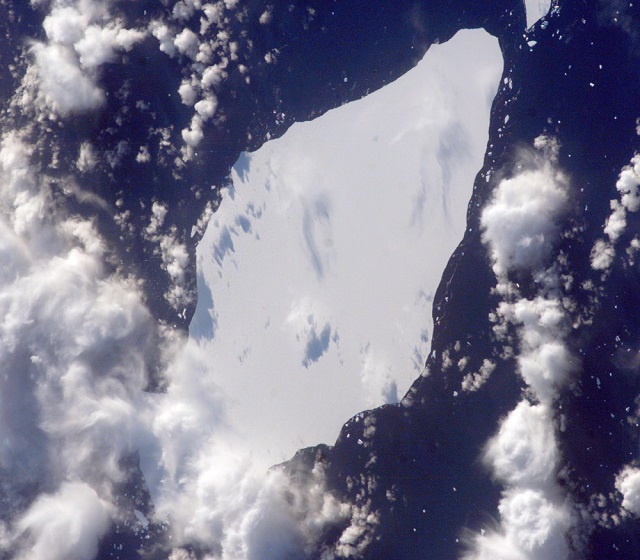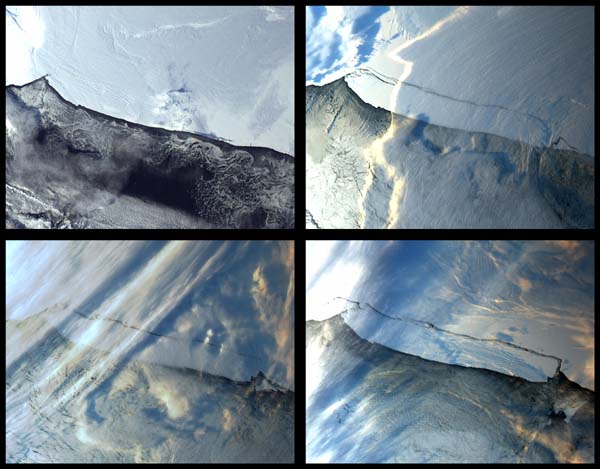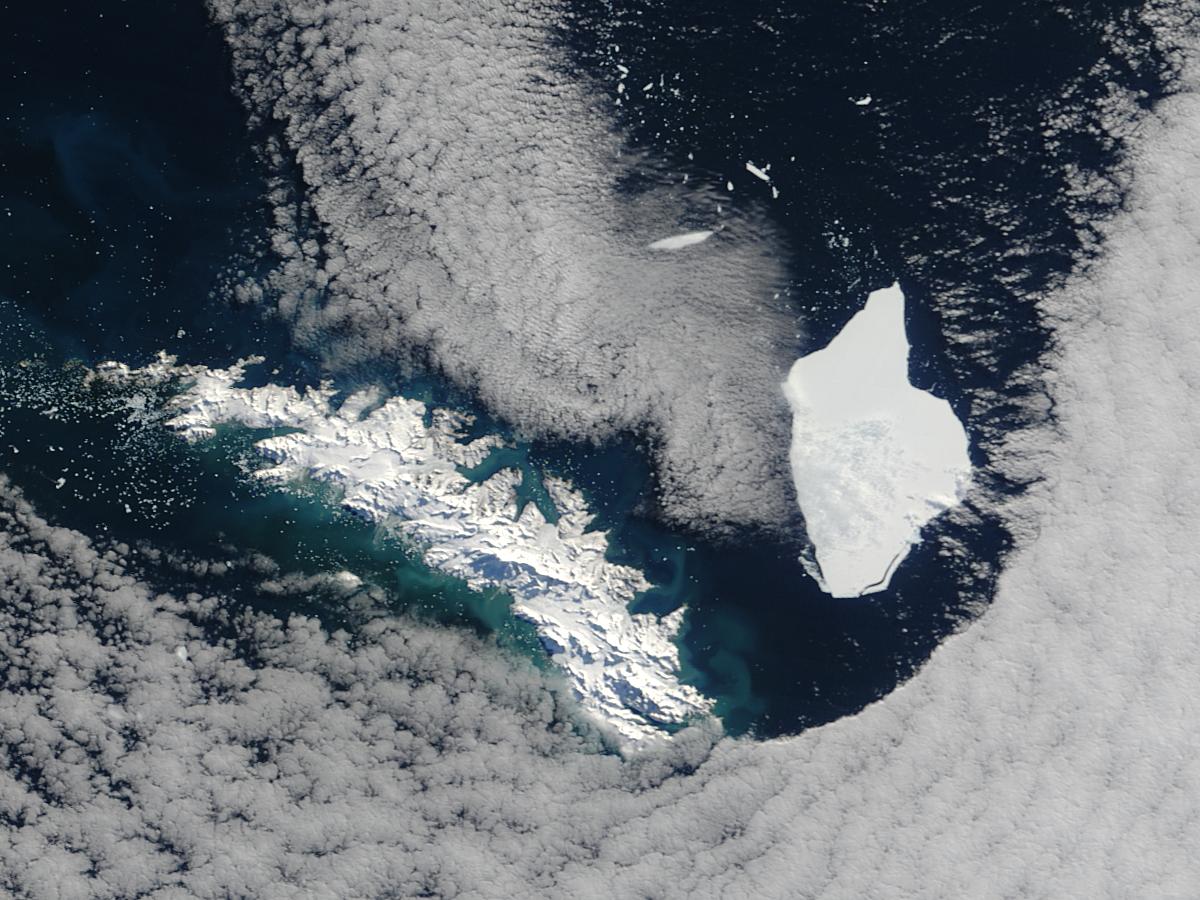14 January, 2016 by Staff Reporter
Icebergs are created when large chunks of freshwater ice break off Antarctic ice shelves or glaciers and calve into the Southern Ocean. To be classified as an iceberg, the ice extruding from the water must be at least five metres above sea level, be between 30-50 metres thick, and must cover an area of at least 500 square meters. Icebergs can have a direct effect on the sea bed, scouring the seafloor where it makes contact.
Smaller pieces of ice are known as ‘growlers’ or ‘bergy bits’. They can originate from ice shelfs or glaciers, but can also come from an iceberg that has broken into pieces.

The US National Ice Center is a multi-agency operational centre operated by the United States Navy, the National Oceanic and Atmospheric Administration and the United States Coast Guard. It is the only organisation that monitors all Antarctic icebergs worldwide, though they must be larger than 1900m along at least one axis in order to be monitored. The USNIC provides global ice analyses and forecasts, and more than 95% of the data used in its sea ice analyses are derived from the remote sensors on polar-orbiting satellites. This information is invaluable for scientists who study icebergs, who are able to learn more about climate and ocean processes and ships traversing the Antarctic waters are informed of any icebergs which might pose a danger along their journey.
The USNIC also names all icebergs that it tracks. Iceberg names are derived from the Antarctic quadrant in which they were originally sighted, divided in the following manner:
A = 0-90W (Bellingshausen/Weddell Sea)
B = 90W-180 (Amundsen/Eastern Ross Sea)
C = 180-90E (Western Ross Sea/Wilkesland)
D = 90E-0 (Amery/Eastern Weddell Sea)
They are then assigned a number in the order in which they are discovered. The first iceberg to calve in the Amundsen/Eastern Ross Sea, would be named B-1 accordingly. If that iceberg broke into larger pieces, it would be assigned a letter at the end of its name. So if the iceberg B-1 split into two parts, they would be named B-1A and B-1B, and so on.
Icebergs are also classified as either tabular or non-tabular. Tabular icebergs have steep sides and a flat top, while non-tabular icebergs have different shapes, with domes and spires.

B-15 is the largest iceberg ever recorded. It calved off the Ross Ice Shelf in March 2000. Around 295km long and 37km wide, with a surface area of 11,000km2, Iceberg B-15 was larger than the island of Jamaica. B15 has since broken up, but parts of it still exist around the Antarctic today.

A-38 was a large iceberg that split from the Filchner-Ronne Ice Shelf in Antarctica in 1998. The iceberg was more than 144 km long and 48 km wide, with a surface area of more than 6,900km2. It split in half in April of 2004.